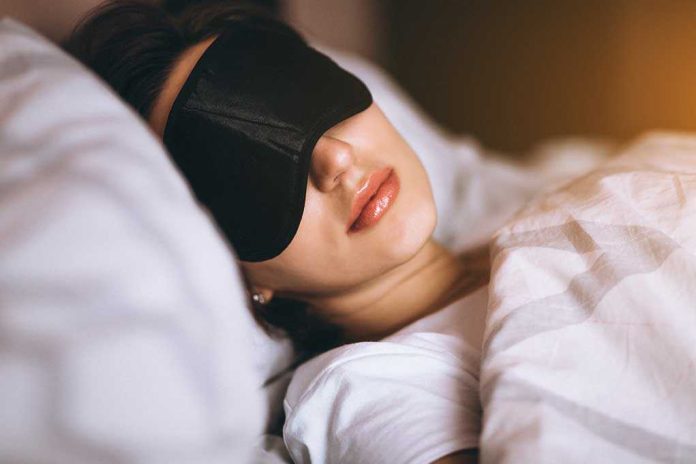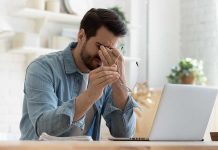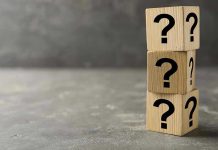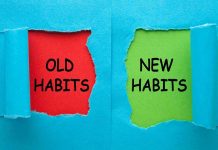
Millions are chasing viral bedtime hacks that promise deeper sleep, but science keeps raising a skeptical eyebrow—what’s really lurking behind the glow of red lights and the clink of “sleep mocktails”?
Story Snapshot
- Bedtime hacks like red light therapy and sleep mocktails are trending, but scientific evidence is thin.
- Experts warn that viral enthusiasm often outpaces medical validation, risking misinformation.
- The wellness industry profits from consumer anxiety, while sleep professionals urge a return to proven fundamentals.
- Continued debate and new research keep the public guessing about what really works for sleep.
Viral Sleep Hacks Ignite a Wellness Gold Rush
Early 2024 brought a surge of TikTok and Instagram posts showcasing influencers basking in red light, sipping elaborate “sleep mocktails,” or tuning into hypnotic soundscapes before bed. Wellness brands quickly spun these viral trends into lucrative products: glowing bedside lamps, pre-mixed mocktail powders, and subscription-based sound apps. The public, fatigued and desperate for quick fixes after years of pandemic-era sleep disruption, eagerly jumped on the bandwagon. But as the sales figures ticked up, so did the voices of caution from the sleep science community.
The social media boom created a perfect storm: influencers monetized their bedtime routines, wellness companies capitalized on anxious consumers, and algorithms amplified testimonials that promised miracle results. Yet, beneath the glossy marketing, a quiet battle was brewing over what counts as credible advice—and who gets to define it.
The Sleep Science Community Pushes Back
Sleep experts and researchers watched the trend explode with a mix of fascination and concern. Researchers from Harvard Health and the National Sleep Foundation repeatedly stressed that very few viral hacks have stood up to rigorous testing. Red light therapy, for example, shows faint promise in small studies, while the effects of sleep mocktails are mostly anecdotal, sometimes little more than a placebo. Most professionals agree on the basics: keep your bedroom cool, dark, and quiet, stick to a routine, and avoid screens before bed. These simple practices, not flashy trends, have the strongest evidence behind them.
Still, the public’s appetite for novelty remains insatiable. Some clinicians cautiously note that harmless bedtime rituals—if they reduce anxiety—can have indirect benefits. But most warn against overreliance on expensive gadgets or concoctions at the expense of time-tested habits. The gap between viral excitement and scientific consensus, they argue, is not just a curiosity; it’s a potential public health problem when misinformation drowns out real solutions.
Consumers Navigate a Maze of Hype and Hope
Consumers, caught between influencer testimonials and professional skepticism, face a bewildering maze. For every glowing review of a red light device or a sleep mocktail recipe, there’s a cautionary tale of disappointment—or worse, wasted money and lost sleep. The wellness industry thrives on this confusion, rolling out new products with each viral wave and rarely pausing to consider the scientific gray areas. Meanwhile, health authorities issue reminders: no hack replaces foundational sleep hygiene, and overhyped products can distract from what really works.
This constant churn of hype and hope has real consequences. In the short term, it boosts sales, drives social media engagement, and fosters a culture of experimentation. In the long run, it risks normalizing a cycle where unproven hacks are favored over habits, and where genuine sleep problems remain unsolved. The most vulnerable—chronic insomniacs, older adults, and anxious parents—may be the ones most at risk of falling for the latest trend over the tried-and-true.
Expert Voices Call for Caution and Common Sense
Leading voices in sleep medicine, like Dr. Phyllis Zee and teams at Harvard Health, urge the public to approach each new trend with critical thinking. Their message is consistent: while some hacks may be harmless or even provide comfort, robust sleep comes from evidence-based practices. They point out that sound sleep is rarely achieved through a single product or ritual; instead, it’s a lifestyle anchored by consistency, environment, and healthy boundaries with technology. The current wave of viral hacks serves as a reminder of both the allure—and the danger—of easy answers in an age of information overload.
As the debate continues, consumers are left to sift through a torrent of claims, testimonials, and counterclaims. The next viral sleep hack may already be in the pipeline, but the underlying truth remains: when it comes to rest, there are no shortcuts—just habits, science, and a healthy dose of skepticism.
Sources:
Five Sleep Hacks to Unlock Your Best Rest in 2025
The Viral Sleep Hacks Worth Trying—and the Ones to Skip
Sleep Hygiene: Simple Practices for Better Rest
Trending Bedtime Hack Said to Improve Sleep, but Experts Aren’t So Sure














